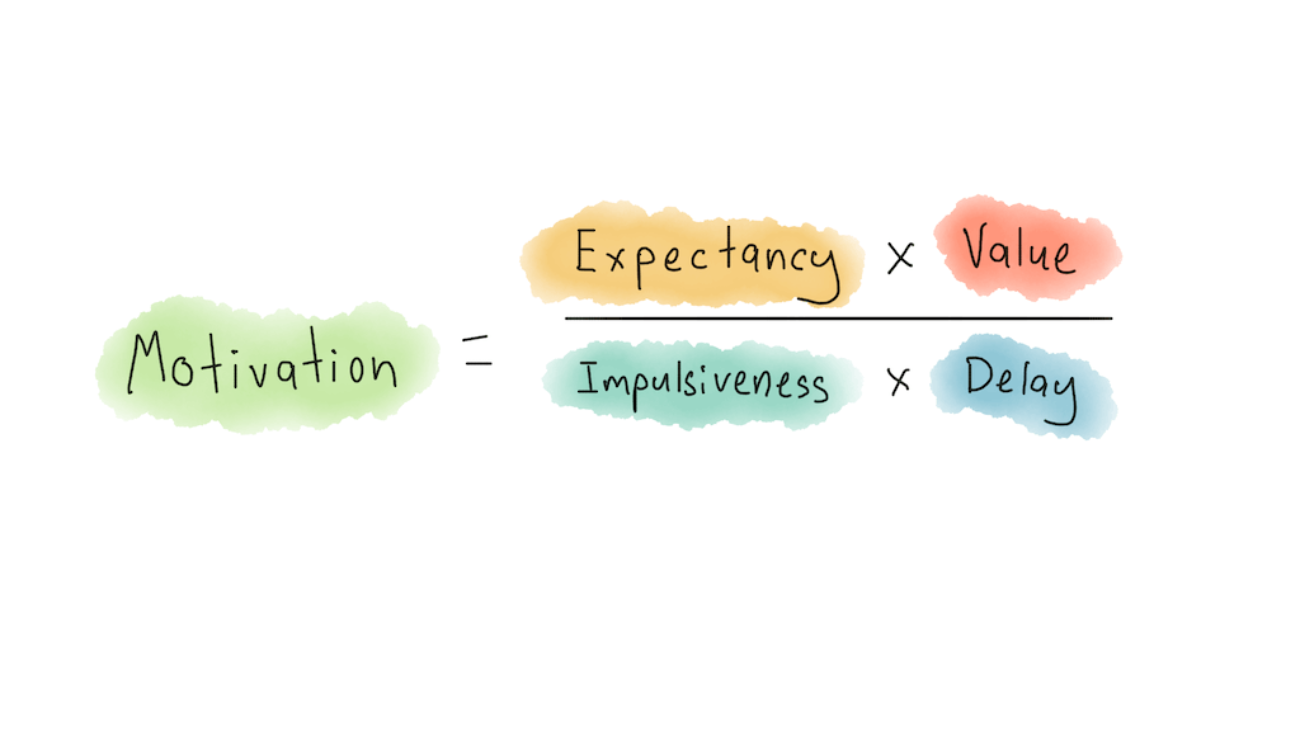People have been taught from a very early age not to be judgmental. When talking about Identity or reputation, the focus is always shifted towards reputation.
People hire us, fire us, marry us, loan us money and otherwise support us based on our reputation. It is something that can be described as how others see us.
While on the other hand, identity can be explained as to how people see themselves. However, the question remains constant: which matters the most in terms of organizational affairs – identity or reputation?
Which matters the most in terms of organizational affairs – identity or reputation?
You already have discovered the fact earlier that identity is how we see ourselves and reputation is how others do. In order to understand which matters the most, it is important to look at them from a closer view.
Like identity for a fact is self-awareness which could be both inflated and inaccurate. There are also higher possibilities that one might underestimate themselves and their capabilities or overrate them.
It also appears to be a little less predictive of career success than the reviews of others. While on the other hand, reputation is gaining others’ awareness which could be both variable and biased. It is completely based on what others say alongside being predictive about future careers.
There is no room for self-ratings in this case. The easiest way to understand this is in terms of a reality show. You must have seen how a person in an interview speaks of themselves and tries to blow the HR’s mind with their confidence.
They talk about what they are capable of. But their reputation is what the HR perceives to be. This clearly shows that there is a slight difference between the two. But when concluding which is more important in an organizational affair – then the answer would be reputation.
What makes Reputation so important in an organizational affair?
As now you know that reputation matters more in the organizational affair, it is important to understand that it defines a person’s personality as well. Wondering how? Well, then let’s suppose that the person went to the interview and is waiting for the results from HR.
In this case, reputation would decide if you would be hired for the job position or not. This is because it is how they see you. It is them who would decide how your performance would be evaluated or agree if you would get a promotion.
Once you get promoted, you would know how reputation matters most in the organizational affair and not the identity that you hold. It is simply because all the consequential verdicts are taken involving how others see you and not how you see yourself as.
When looking at these in a practical way, it would again somehow prove that people make decisions or act accordingly on how they see you. Nothing is based on your identity in the organizational affair but only reputation.
Is Reputation important at a personal level too?
Looking from a personal level, it is an identity that matters because people’s perception of you would always keep changing with time.
Identity is something that an individual defines their uniqueness through their past, present, future alongside other aspects like occupation, gender, etc. One should be aware of their worth, subjective realities and know themselves better than anyone else to survive.
Reputation is easy to understand and study. It is what an individual should look forward to the understanding of others at a personal level. If not then, one might end up mistaking everyone to be on the same page as them. Not to mention, no one wants to live in a place where things are not true.
It’s the Reputation that matters !!
Remember when Shakespeare said ” All the world’s a stage and all men and women are merely players” – this simply means from a view of organizational affairs that recruiters pay more attention to what a person can do than what they believe themselves to be.
They pick the ones on the basis of their reputation so there’s always a golden chance to enhance the workplace culture with every passing time.
















